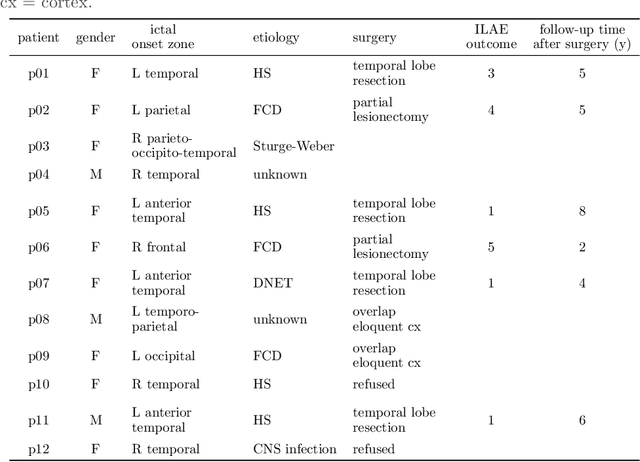Nico Vervliet
Nonconvex Optimization Tools for Large-Scale Matrix and Tensor Decomposition with Structured Factors
Jun 15, 2020



Abstract:The proposed article aims at offering a comprehensive tutorial for the computational aspects of structured matrix and tensor factorization. Unlike existing tutorials that mainly focus on {\it algorithmic procedures} for a small set of problems, e.g., nonnegativity or sparsity-constrained factorization, we take a {\it top-down} approach: we start with general optimization theory (e.g., inexact and accelerated block coordinate descent, stochastic optimization, and Gauss-Newton methods) that covers a wide range of factorization problems with diverse constraints and regularization terms of engineering interest. Then, we go `under the hood' to showcase specific algorithm design under these introduced principles. We pay a particular attention to recent algorithmic developments in structured tensor and matrix factorization (e.g., random sketching and adaptive step size based stochastic optimization and structure-exploiting second-order algorithms), which are the state of the art---yet much less touched upon in the literature compared to {\it block coordinate descent} (BCD)-based methods. We expect that the article to have an educational values in the field of structured factorization and hope to stimulate more research in this important and exciting direction.
Augmenting interictal mapping with neurovascular coupling biomarkers by structured factorization of epileptic EEG and fMRI data
Apr 29, 2020



Abstract:EEG-correlated fMRI analysis is widely used to detect regional blood oxygen level dependent fluctuations that are significantly synchronized to interictal epileptic discharges, which can provide evidence for localizing the ictal onset zone. However, such an asymmetrical, mass-univariate approach cannot capture the inherent, higher order structure in the EEG data, nor multivariate relations in the fMRI data, and it is nontrivial to accurately handle varying neurovascular coupling over patients and brain regions. We aim to overcome these drawbacks in a data-driven manner by means of a novel structured matrix-tensor factorization: the single-subject EEG data (represented as a third-order spectrogram tensor) and fMRI data (represented as a spatiotemporal BOLD signal matrix) are jointly decomposed into a superposition of several sources, characterized by space-time-frequency profiles. In the shared temporal mode, Toeplitz-structured factors account for a spatially specific, neurovascular `bridge' between the EEG and fMRI temporal fluctuations, capturing the hemodynamic response's variability over brain regions. We show that the extracted source signatures provide a sensitive localization of the ictal onset zone, and, moreover, that complementary localizing information can be derived from the spatial variation of the hemodynamic response. Hence, this multivariate, multimodal factorization provides two useful sets of EEG-fMRI biomarkers, which can inform the presurgical evaluation of epilepsy. We make all code required to perform the computations available.
 Add to Chrome
Add to Chrome Add to Firefox
Add to Firefox Add to Edge
Add to Edge